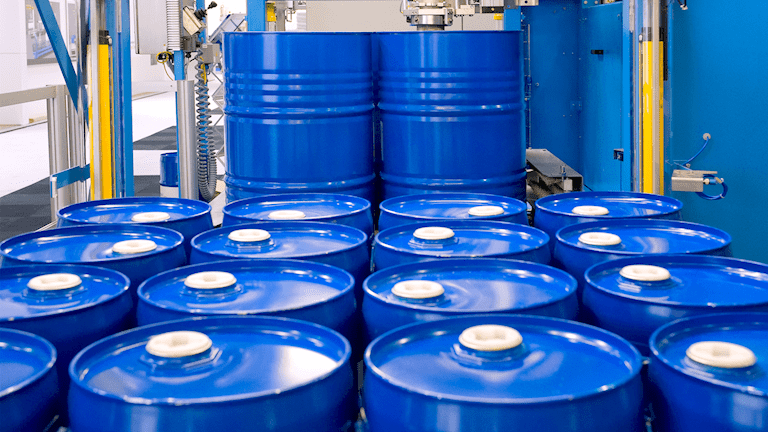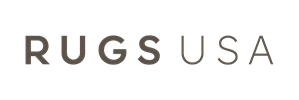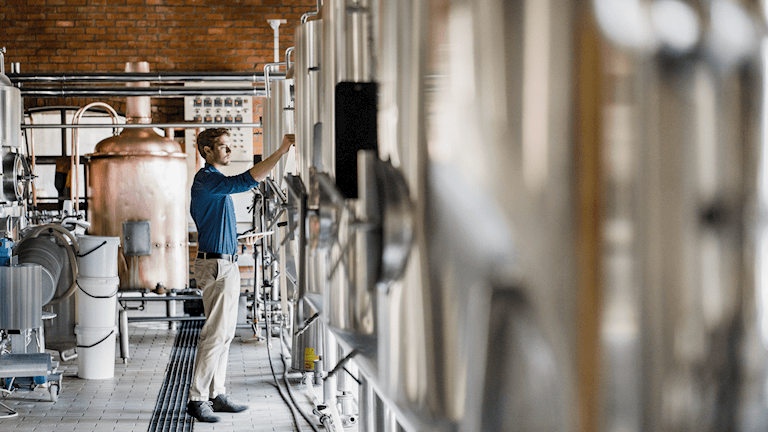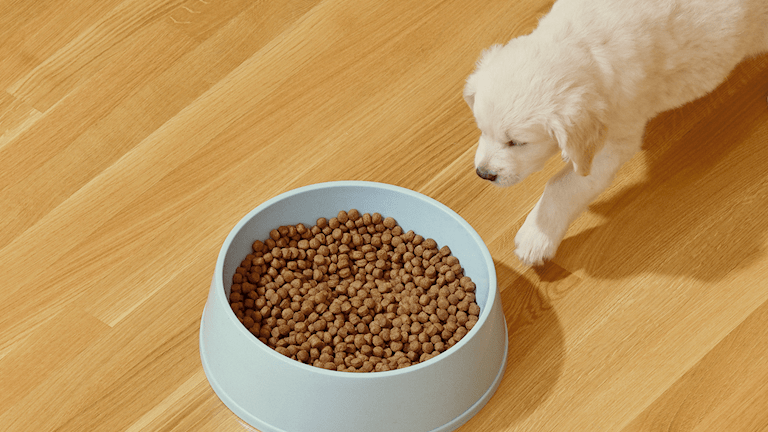Performance Beauty Group | Mid-sized Cosmetics Manufacturer
New data and automation capabilities improve Performance Beauty Group’s employee efficiency by 32%
Our Impact
Performance Beauty Group (PBG), a mid-sized cosmetics manufacturer, was experiencing exponential organic and acquisitive growth. But labor shortages and limited access to operational data were hindering their ability to fully embrace their aggressive growth strategy. They knew they needed to improve their operational efficiency and employee satisfaction to avoid burnout and meet demand.
That’s where West Monroe came in. We had previously partnered with PBG on their ERP selection and implementation—as well as supply chain optimization—so they had confidence in our ability to create value for their organization. We developed a plan that PBG could start implementing within 15 weeks, including different automation strategy options.
32%
increase in the efficiency of its workforce
$8M
projected savings over five years
43%
internal rate of return opportunity
The Full Story
The challenge
PBG wanted to assess the current state of its manufacturing capacity and optimize their production potential. With rapid growth and two new facilities, they needed to keep up with production and demand. But a lack of data-gathering tools to measure production capabilities and make informed optimization decisions was stunting that growth. They were also struggling to hire new talent due to labor shortages and needed to prioritize employee retention by improving efficiencies and employee engagement.
To reach their goals, PBG needed visibility into their manufacturing process data and a strategic roadmap to implement automation.
An undeniably different approach
We helped PBG understand their current labor output and what the future could look like through the lens of different automation strategies. Our deep expertise in process improvement, supply chain optimization, and automation helped us make this project a success. Three initiatives differentiated our approach during this partnership.
We assessed the current state of PBG’s capacity
We started by performing a productivity assessment to evaluate the current state of their production capacity. This involved studies to gather operational data and measure the entire manufacturing process, from taking products out of boxes to filling bottles with serum to sealing them. This information was vital to building a roadmap that would provide economies of scale.
We aligned goals with PBG’s current trajectory
The end goal was in our mind from the onset of the project. Our goal was to quickly make PBG self-sufficient and hand over control of the project. To understand what they wanted to achieve, we considered sales goals and created models representing the production and labor needed to meet goals and achieve the future state. Clarity was key in sticking to the projected timeline and achieving measurable results.
We helped PBG simplify vendor selection
In parallel, we narrowed down the choices for manufacturer automation vendors from over 25 to two recommendations by leveraging a tool we created that modeled what PBG’s future state would look like and its potential to generate financial value. This allowed us to present the projected results of different types of automation. This gave PBG the indispensable ability to compare implementation costs and factor in manual processes.
Real Results
Throughout the engagement, PBG gained the ability to meet demand with minimal overtime—allowing them to pursue aggressive growth goals. This state of operations significantly improved the status quo of constant overtime and no time off.
Improved workforce efficiency also enhanced its network resiliency. If PBG experiences an issue at a facility, they can now seamlessly move to an alternate site. Added flexibility is a direct outcome of improved data tools that helped West Monroe assess the current state of PBG’s operations and model strategic ways to enable growth.
PBG can now leverage automation to reduce their projected workforce needed from 132 to 82 over a 5-year implementation roadmap—mitigating its labor shortage challenges and enabling continued growth. With a 32% efficiency increase, PBG can take steps to improve the employee experience and save a projected $8 million over five years.


















